Analyzing Transfer Pricing Strategies in Management Accounting
VerifiedAdded on 2023/03/17
|5
|811
|50
Homework Assignment
AI Summary
This document offers a detailed solution to a management accounting assignment, specifically addressing the concept of transfer pricing. It begins by defining transfer pricing and its significance in encouraging managers to maximize company profits and achieve goal congruence. The assignment explores various methods for determining transfer prices, including variable cost pricing when there is spare capacity, variable cost plus opportunity cost when at capacity, and negotiated pricing. The solution also highlights the importance of considering opportunity costs and the irrelevance of fixed costs in these calculations. Furthermore, it discusses alternative methods like negotiated prices and dual pricing, providing a comprehensive overview of transfer pricing strategies. The references include various academic sources which are cited to support the arguments.
1 out of 5
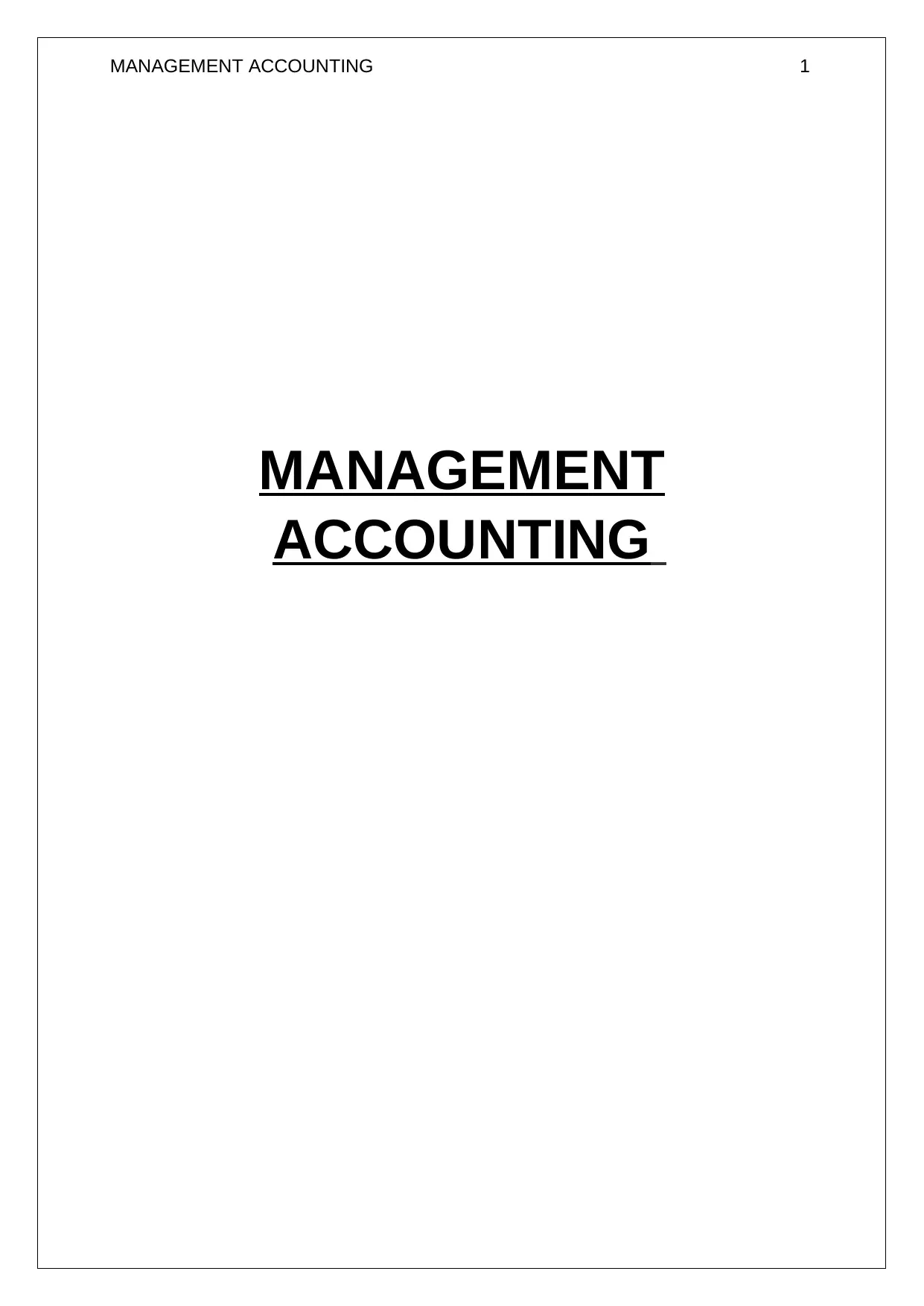
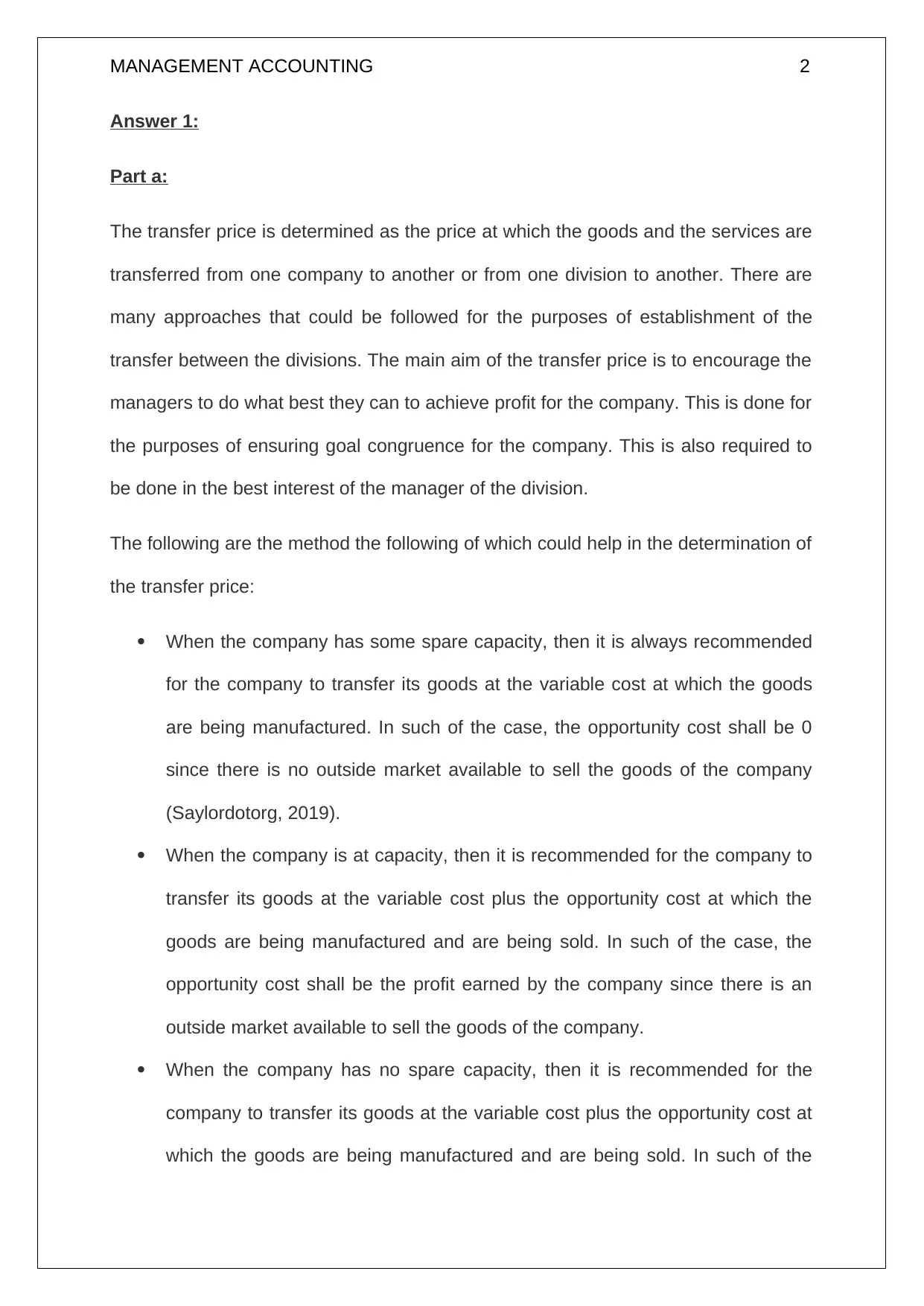
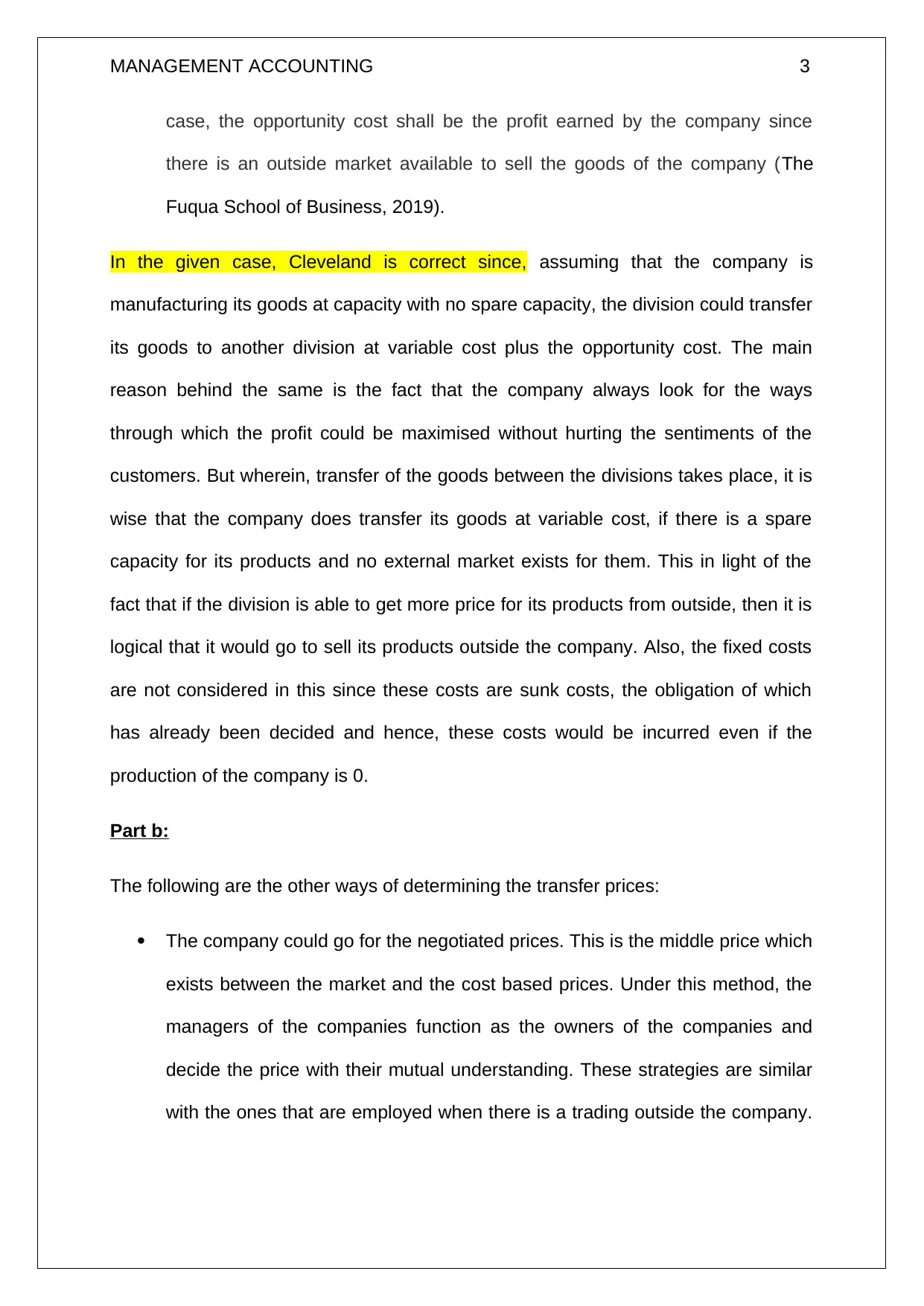

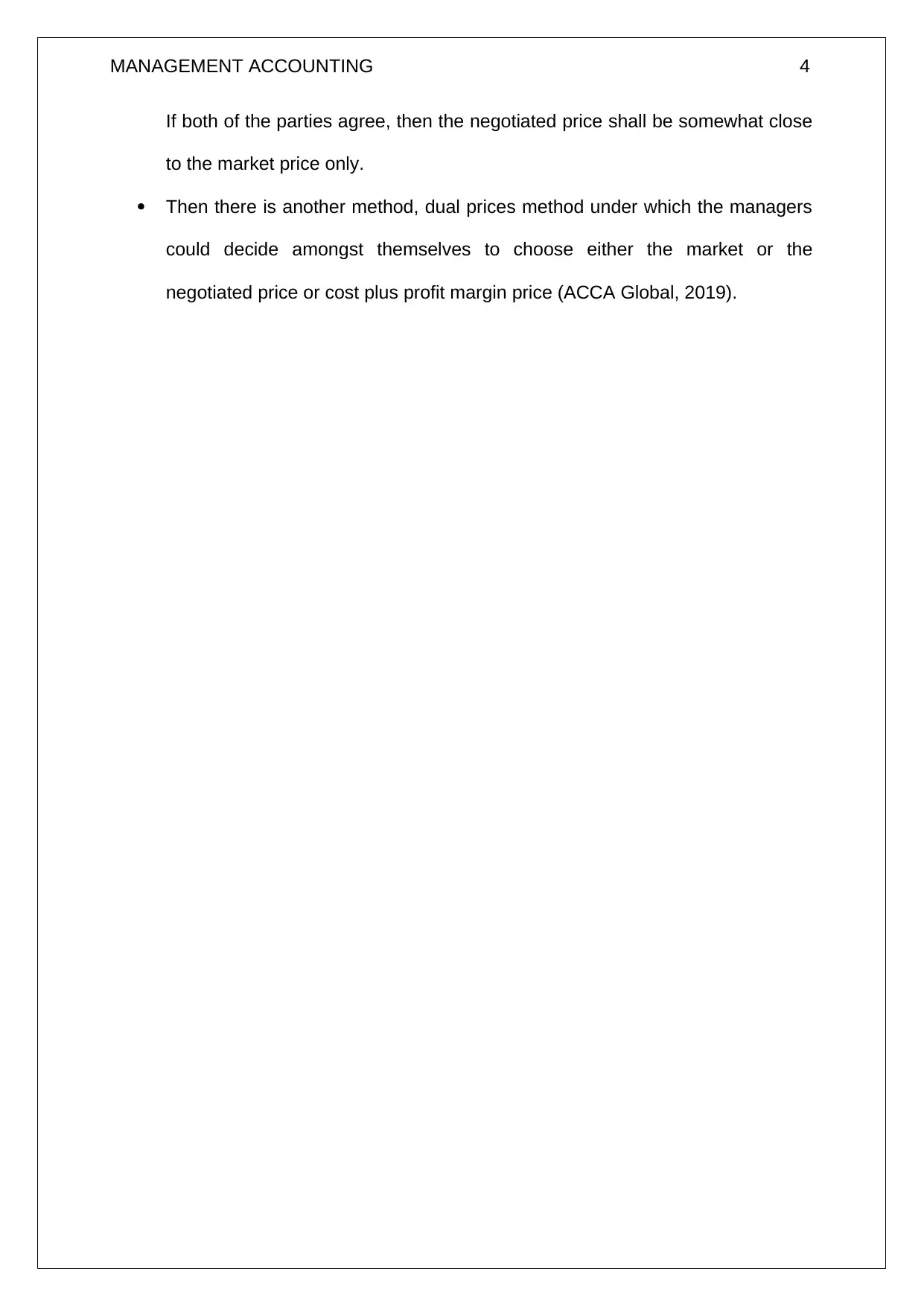
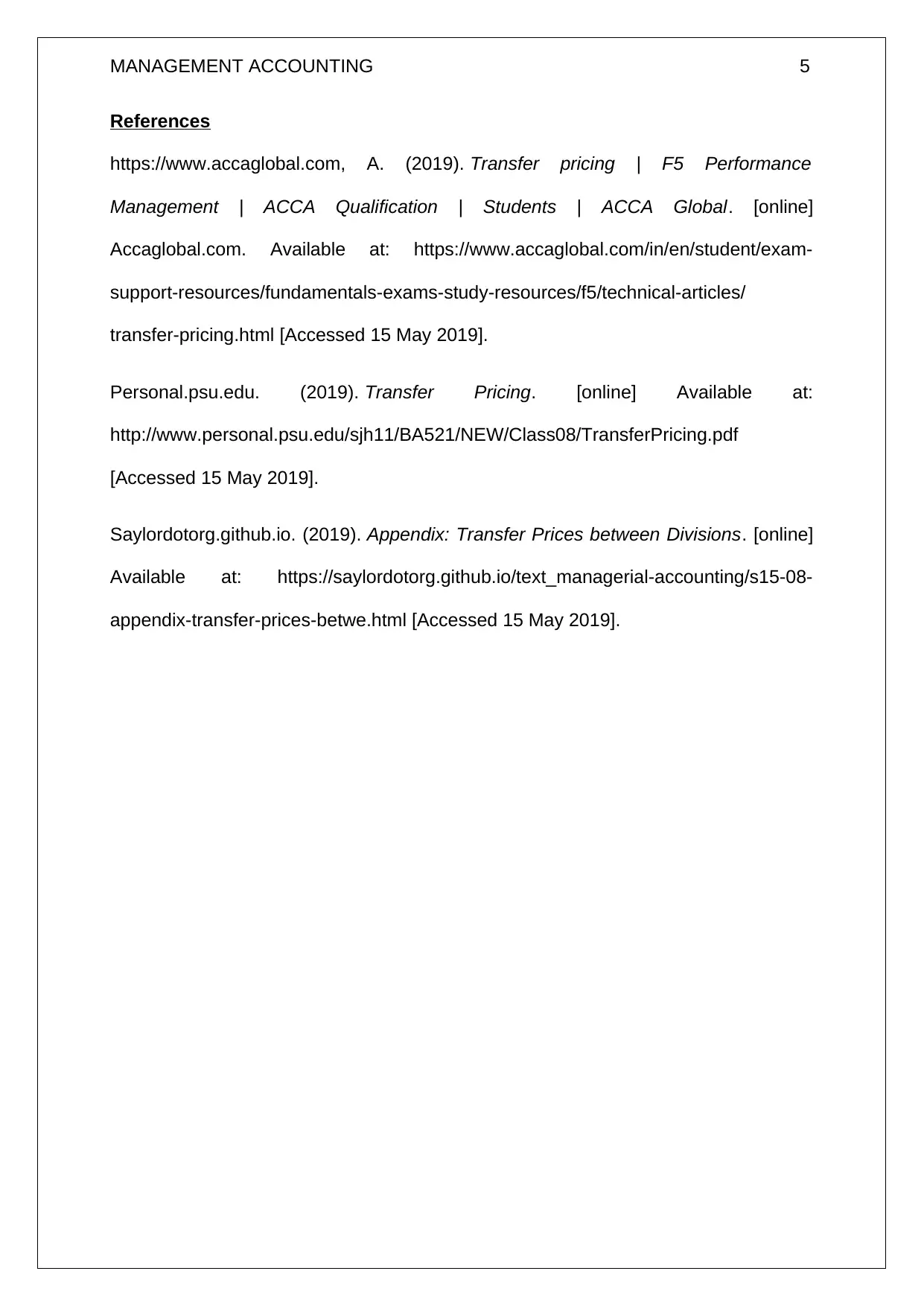





![[object Object]](/_next/static/media/star-bottom.7253800d.svg)